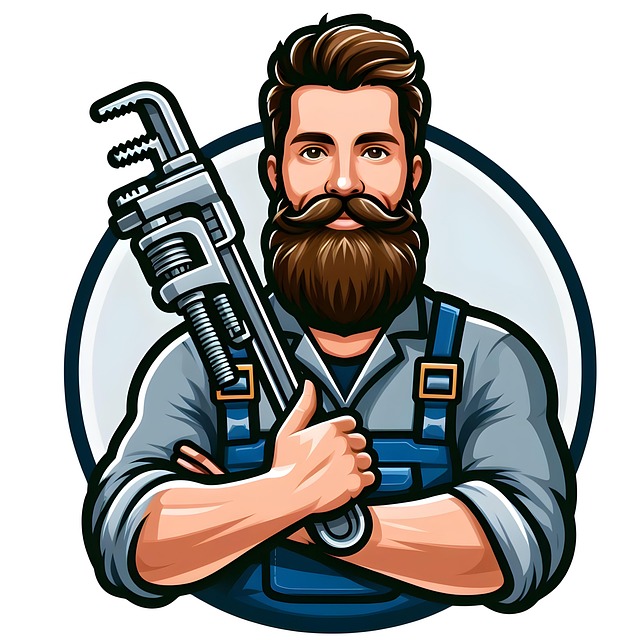In Eugene, Oregon, understanding local plumbing codes is essential for successful faucet and fixture installation. The city has specific regulations covering pipe materials, installation techniques, and fixture types. Homeowners and contractors must adhere to these rules to avoid legal issues. Plumbing retailers offer a wide range of options, from classic to modern designs and smart fixtures. Installation involves shutting off water, disassembling old components, and reassembling with plumber's tape. Choosing a licensed, insured plumber with experience ensures compliance with local codes. Regular maintenance, including inspection, cleaning, and greasing, extends fixture lifespan and prevents leaks.
“Looking to upgrade your Eugene Oregon home with new faucets and fixtures? Navigating the plumbing landscape can be complex, but understanding local requirements and exploring diverse fixture options is key. From efficient water-saving models to stylish designs, the market offers a tapestry of choices. Our guide breaks down installation steps for DIY enthusiasts or provides insights for hiring a professional plumber in Eugene. Plus, learn expert tips for maintenance and longevity.”
- Understanding Plumbing Requirements for Eugene Oregon Homes
- Types of Faucets and Fixtures Available in the Market
- Step-by-Step Guide to Installing New Faucets and Fixtures
- Choosing the Right Plumber for Faucet and Fixture Installation
- Maintenance Tips for Longevity and Efficiency of Your Fixtures
Understanding Plumbing Requirements for Eugene Oregon Homes

In Eugene, Oregon, understanding local plumbing requirements is essential before installing new faucets or fixtures. The city has specific codes and regulations in place to ensure safe and efficient water distribution and waste management systems. These rules cover various aspects, from pipe dimensions and material choices to installation techniques and fixture types. For example, the local building code might specify the minimum water pressure required for faucets, the type of pipes allowed (like copper or PVC), and even the angle at which kitchen sink faucets should be installed to prevent clogs.
Homeowners and contractors must familiarize themselves with these plumbing codes to avoid any legal issues and ensure the longevity of their plumbing systems. Professional plumbers in Eugene are well-versed in these regulations, making them valuable resources for navigating the installation process. They can help with everything from selecting code-compliant fixtures to ensuring proper placement and connectivity during installation. Understanding and adhering to local plumbing requirements is key to a successful and safe faucet and fixture installation project in Eugene, Oregon.
Types of Faucets and Fixtures Available in the Market
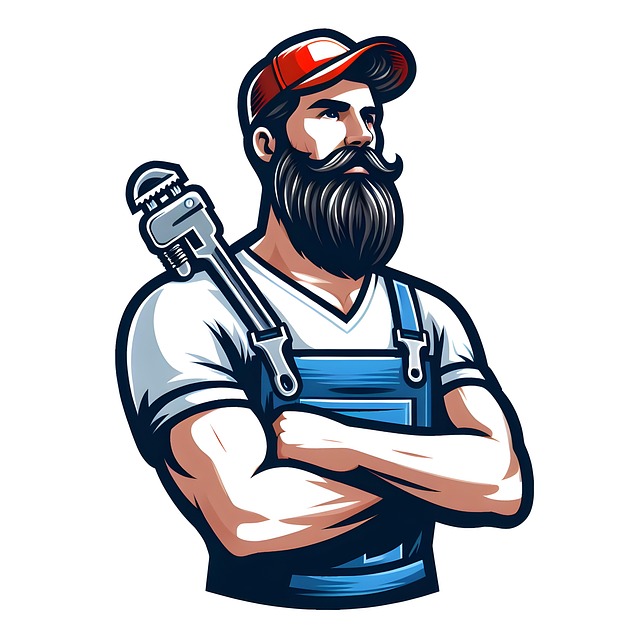
In Eugene Oregon homes, the selection of faucets and fixtures is vast, catering to diverse aesthetics and functional needs. From classic designs to modern innovations, plumbing retailers offer a wide array of options. Traditional styles feature sleek, vintage, or rustic looks, often made from brass or copper, adding a touch of elegance to any kitchen or bathroom. Contemporary choices include minimalist, geometric designs with materials like chrome, stainless steel, or even ceramic, reflecting the latest trends in modern home aesthetics.
Smart plumbing fixtures are another growing trend. These incorporate technology like automatic sensors, touchless controls, and temperature regulation, enhancing hygiene and convenience. Moreover, water-saving models are becoming popular as Oregon continues its commitment to conservation. The market also includes specialized fixtures for specific purposes, such as pot fillers, wine dispensers, and bidets, providing homeowners with countless possibilities for customization and personalization.
Step-by-Step Guide to Installing New Faucets and Fixtures
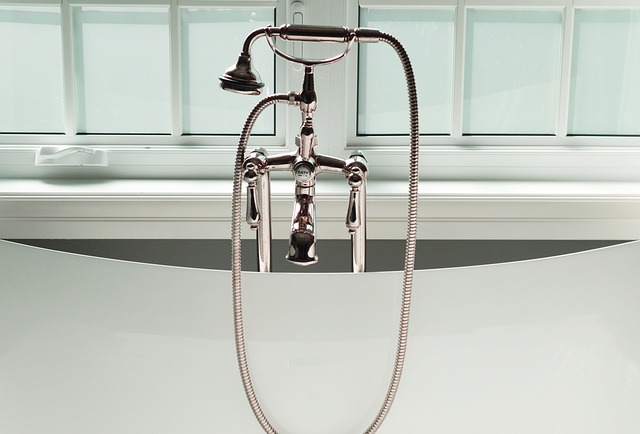
Installing new faucets and fixtures in your Eugene Oregon home is a project that can be accomplished with a bit of patience and the right tools. Here’s a step-by-step guide to help you through the process:
1. Prepare for Installation: Turn off the water supply to your sink or fixture. This is usually done by closing the shut-off valves located under the sink or in the basement. Test to ensure there’s no water flow. Gather all necessary tools, including wrenches, pliers, and any specific tools required for your new faucet or fixture.
2. Remove Old Components: Disassemble the old faucet or fixture carefully. This involves unscrewing supply lines, drain pipes, and the existing faucet from the sink or countertop. Take note of how each component is connected and where they fit. Use a plumber’s tape to ensure proper sealing when reassembling.
Choosing the Right Plumber for Faucet and Fixture Installation
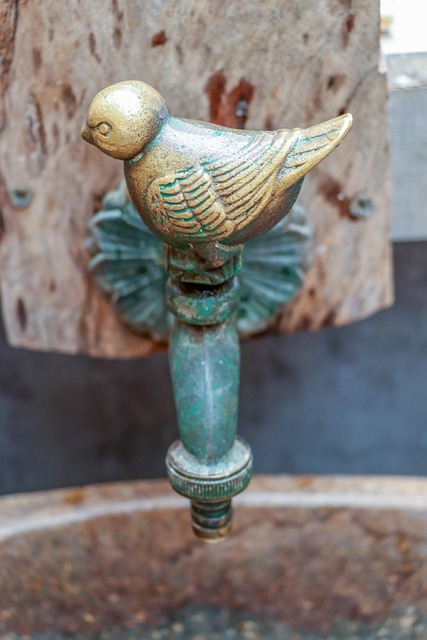
When it comes to faucet and fixture installation in Eugene Oregon homes, choosing the right plumber is paramount. Look for a licensed and insured professional with extensive experience in residential plumbing installations. A skilled plumber will possess the knowledge and tools to ensure your new fixtures are not only properly installed but also meet all local codes and regulations. They should be able to offer tailored advice based on your specific needs and preferences, from selecting the right fittings to ensuring optimal water pressure and temperature control.
Reputation matters when hiring a plumber. Check online reviews, ask for references, and verify their credentials. A reputable plumber will prioritize communication, keeping you informed throughout the process, and will handle your project with care, minimizing disruptions to your home. Their work should be guaranteed, providing peace of mind that your investment in new fixtures is secure.
Maintenance Tips for Longevity and Efficiency of Your Fixtures
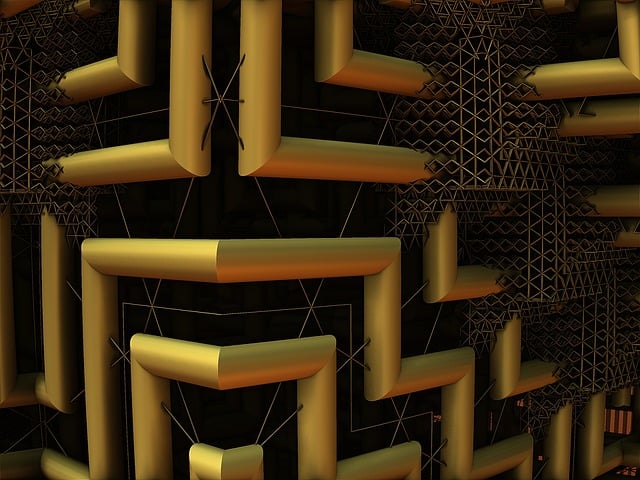
Regular maintenance is key to ensuring your fixtures’ longevity and optimal performance. Start by regularly inspecting all faucets and fixtures for any signs of damage, leaks, or corrosion. Addressing issues early can prevent minor problems from escalating into costly repairs.
Keep an eye on the water pressure and flow rate as well. Over time, mineral buildup and sediment can clog aerators and reduce water pressure. Cleaning these components regularly with a mild detergent and soft brush can help maintain efficient water flow. Additionally, using plumber’s grease on O-rings and gaskets can prevent leaks and ensure your fixtures remain in excellent working condition, saving you from unnecessary plumbing expenses.



